How A Software Update Made Carrier Landings Easier
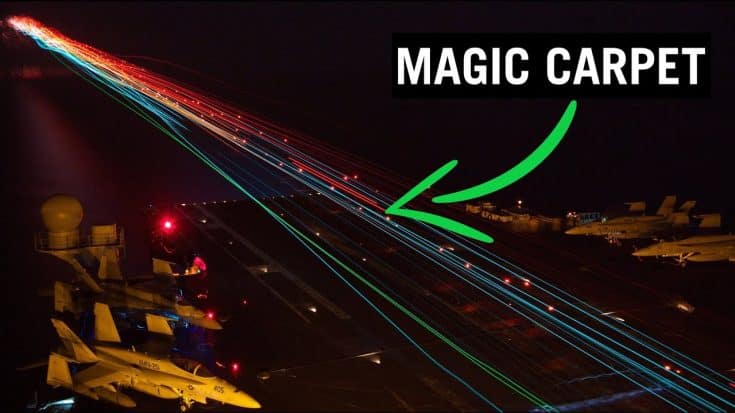
YouTube / Not What You Think
Here’s how an awesome software update can make carrier landings so much easier:
The Issue
Traditionally, pilots rely on an optical landing system where the “meatball” would indicate the jet’s relative position concerning glide slope. If the meatball was in line with the row of green lights, then the jet was on target.
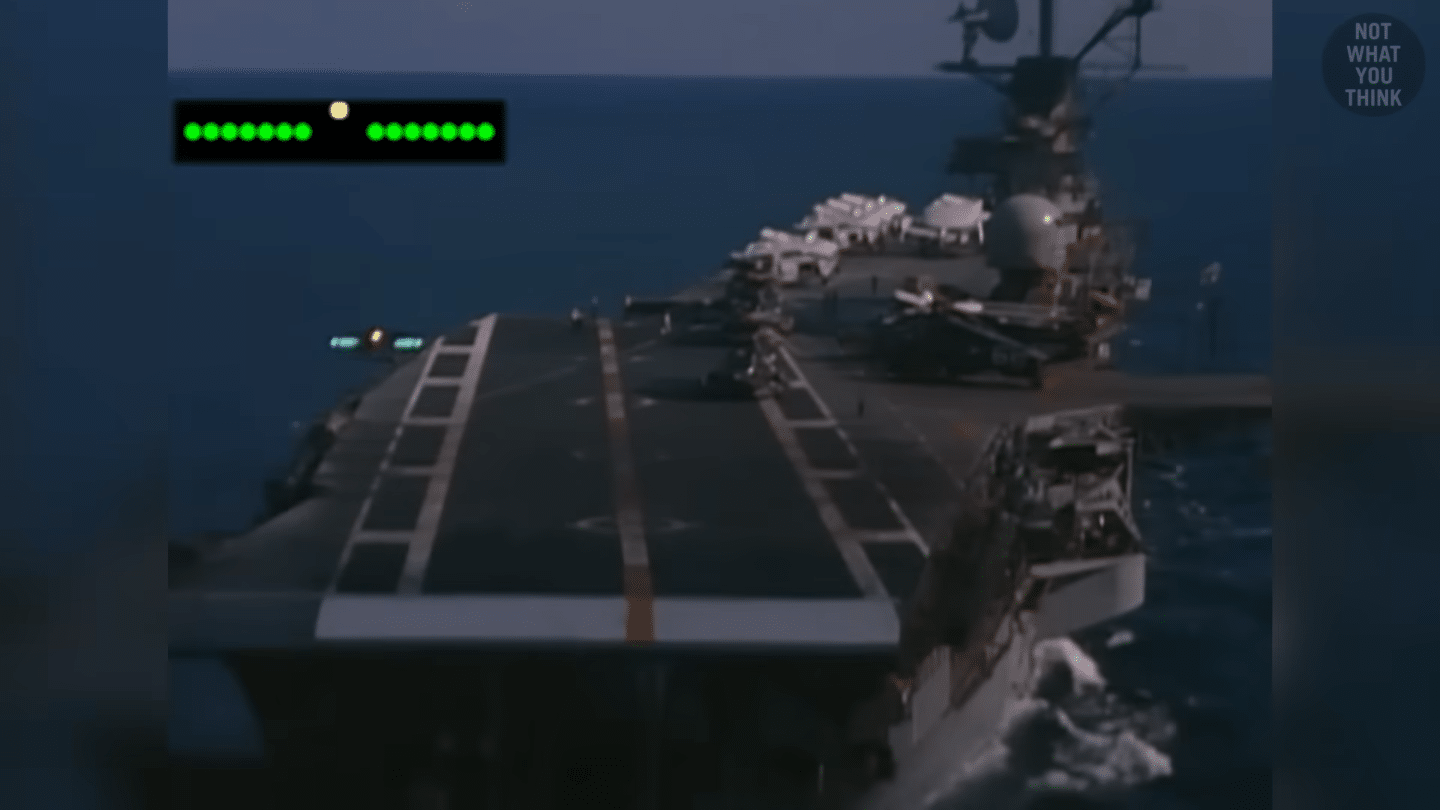
During the final 18 seconds of flight, on average, the pilot would make 300 corrections on the stick and throttle. The reason for the high number of corrections is that every single time a pilot makes an adjustment, they must make counter-adjustments. These corrections, known as “flying on the ball,” meant everything should be done manually.
Simplifying Carrier Landings
In 2015, the US Navy started trialing a software update known as the “Magic Carpet,” on the F/A-18 Super Hornet.
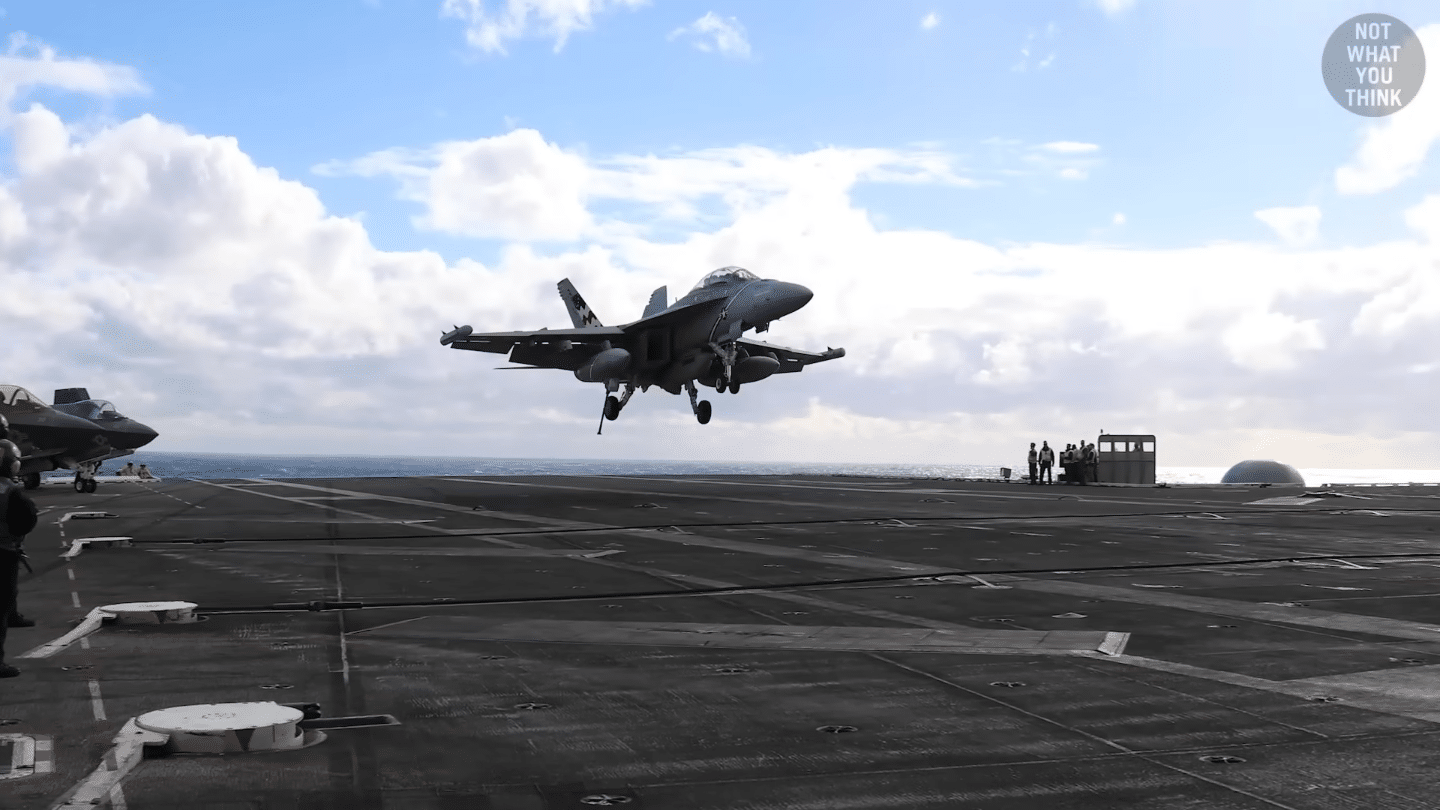
The idea behind it was simple – cut down the pilot’s workload during carrier landings, which would, in turn, make landing safer and easier.
The software did this by automating the counter adjustments that were previously required to be handled by the pilot.
How Do New Pilots Feel About the Magic Carpet?
Landing on a carrier for the first time used to be a nerve-wracking experience for any pilot. Landing at an aircraft carrier at night was even more stressful since it pegged all the readings.
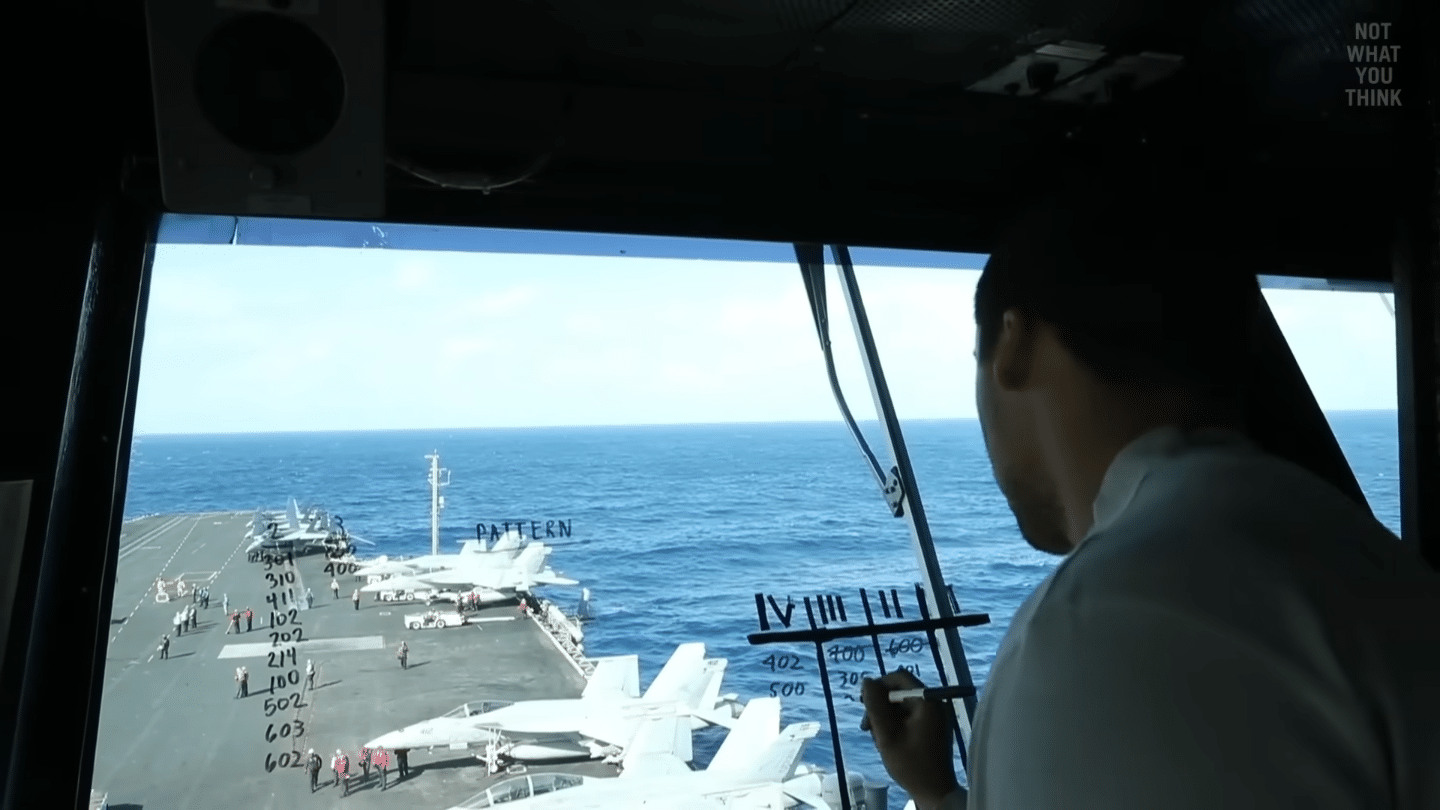
With the Magic Carpet, this is no longer the case. A great example of this is the newly winged pilots of USS Ford. Students demonstrated the best-ever performances even just on Day 1 of training.
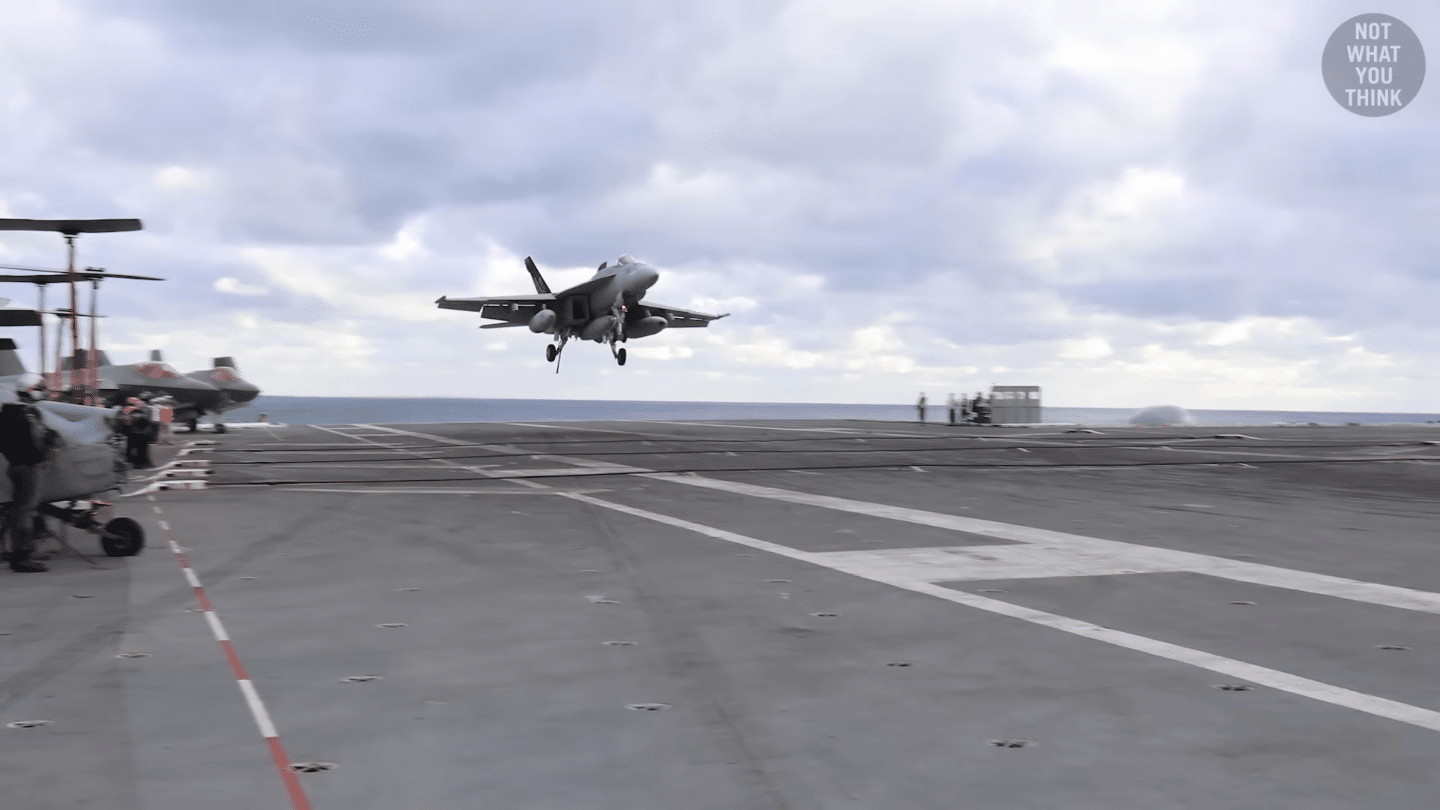
The software made everything easier. Test data showed first-timers make about 20 corrections while flying on the ball with the software. Then, that figure dropped below 10 once pilots got used to the system.




















